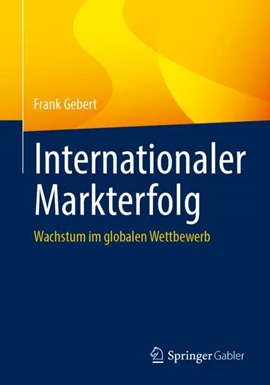Market segmentation captures the entire market by differentiating its various buyer typologies and grouping them into homogeneous target segments of the highest possible economic attractiveness under consideration of competition. Hereby the focus is on identifying the differences in needs, demands, social-cultural situations and buying behaviors forming homogeneous demand clusters of economically attractive size. This allows the company to tailor its offering to the specific requirements of a relevant target segment and to advantageously differentiate from competition. Thus a carefully executed market segmentation through focusing on selected target segments rather than a broad market approach supports the overarching business goal of maximizing value creation in two ways:
- Customer-centric value surplus and competitively superior differentiation: Creating customer value surplus through specifically tailored alignment of the offering to the functional and emotional needs and values of a target group for long-lasting purchase preferences.
- High efficiency through targeted resource allocation, focused monitoring of markets and competition as well as management attention.
The more successful a company is in occupying target markets through differentiated target group specification in the above sense, the broader its market penetration and revenue potential. At the same time superiority in competitive differentiation and customer benefits strengthen its pricing and margin enforcement as well as its overall competitive position. The limitations of such a differentiation strategy are to be seen externally in the number of economically relevant market segments and internally in the increased complexity of the transformation process with its impact on cost efficiencies and management capabilities.
